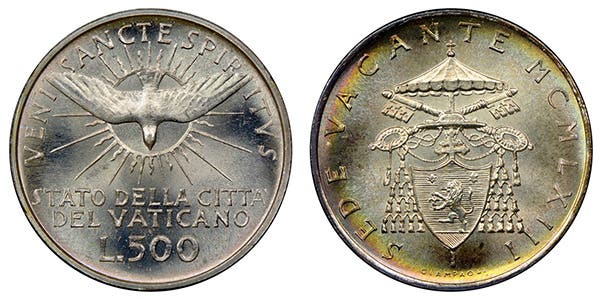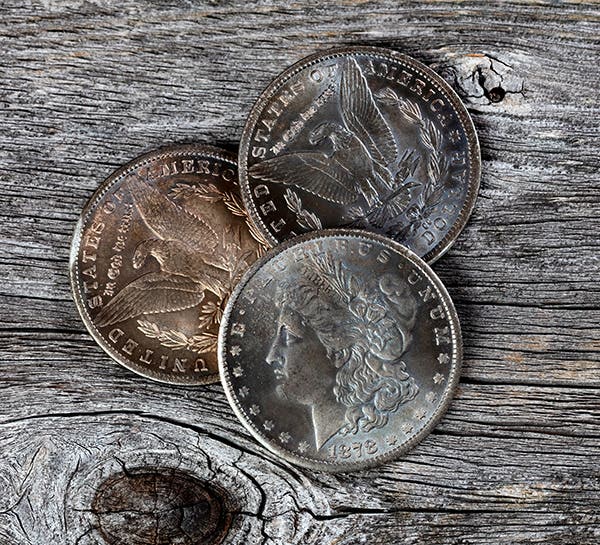What Captivates People?
Let’s get to the essence of a collectible— short, sweet, and memorable.
I’m not going to beat you up this month with some technical dissertation and kill a bunch of trees in the process to get it to you. Let’s get to the essence of a collectible— short, sweet, and memorable.
We all have favorites among our notes. Of all the 1-dollar silver certificates I have owned, the jewel illustrated here is probably my most notable because it has a life story to tell that can be deduced by simply looking at it
Of course, the unambiguous telltale markers are that it is missing overprinted treasury signatures and serial numbers, it is punch-canceled, and, best of all, the left edge is burned and clearly hand-cut from the sheet.
This note was not supposed to leave the Bureau of Engraving and Printing. It obviously came from a sheet that was canceled—likely owing to a misprint—but who knows? When fed into an incinerator at the Bureau plant in Washington, DC, the draft within the chamber blew a partially burned fragment of the sheet containing the note through a hole eroded in the screen in the chimney, allowing it to escape. It fluttered to a sidewalk where some lucky passersby picked it up, trimmed the note out, and spent it. The note actively circulated down to fine condition before someone noticed it was an oddity worth squirreling away.
I bought the note from the Tebo Coin Shop in Boulder, Colo., on May 14, 1976, for $150. It was a purchase I simply couldn’t resist.
At the time, I was actively collecting misprints, so it sort of fit in with that theme but with much more than that going for it. Of course, there is no way to tell how it arrived in Boulder, although it would add to its romance to know it circulated out to Colorado before being plucked from circulation.
The note is from back plate 4946, which was certified on April 7, 1949, and face plate 6434, certified three years earlier on Jan. 26, 1946. Long ago, I looked up the back plate usage in the plate history ledger in the National Archives and found that the note was of the Julian-Snyder Series of 1935D wide vintage. Based on its wear, it had been pulled from circulation probably around 1950-2 or so.
I had albums for both my misprints and Small-Size type notes. The note didn’t end up with the errors. I instinctively placed it on the first page of the type note album. When I showed my notes to people—collectors or non-collectors—that note drew a lot of attention and elicited many comments. In contrast, collectors skipped over the gem 1928C, D, and E 1-dollar notes further along.
It just goes to show that people really like a good story more than market rarities, and if the note has a low grade, who cares?
You may also like:








